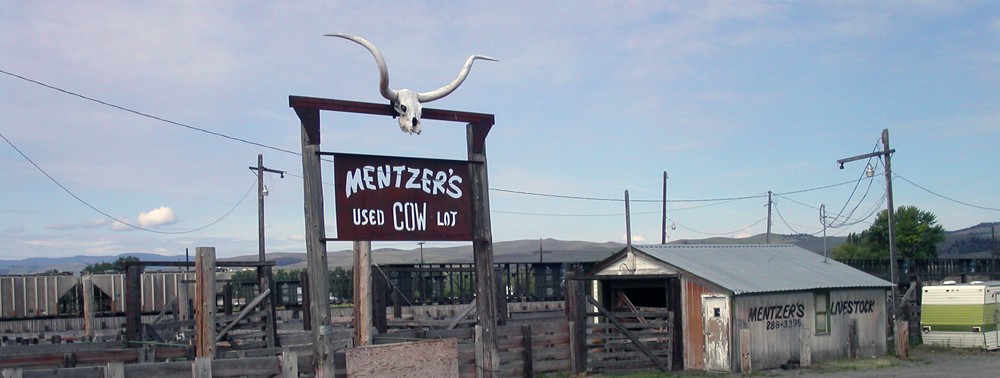In the spring of 2021, a group of Decatur, Ga., residents approached local institutions with a request for information about the history of Juneteenth in the city. They wrote to the DeKalb History Center and to city officials, including assistant city manager Linda Harris.
Harris replied to an initial query by directing the group to the City’s “Historic Decatur” web page and to a page dedicated to the history of Decatur’s erased Beacon community. It’s curious that Harris would direct someone asking about Black history in Decatur to the “Historic Decatur” page because the information there only discusses white history and Black history is completely absent. In fact, the page is such a clearcut example of whitewashed history that I use in in my lectures, one as recently as August 6, 2022.
To their credit, the Black history contingent corresponding with Harris replied,
Thank you Linda. As discussed, I need to see a less “sanitized” version of Decatur’s history, one that reflects a more complete, inclusive narrative supported by truth and historical facts.
Beacon Hill Alliance email to linda Harris, May 28, 2021
In a follow-up email, Harris made some truly incredible (as in off-the-charts false) statements about her father’s bank, Decatur Federal Savings and Loan, and a 1996 effort to block the construction of a municipal bandstand near the historic DeKalb County Courthouse.
This isn’t the place to litigate Harris’s twisted take on her city’s history. I’ll just summarize a couple of key points.
He calls out Decatur Federal and my father in his information and while I understand that all banks engaged in the practice and that doesn’t excuse it. What is not noted is that Decatur Federal had just been acquired by First Union
Linda Harris email to beacon hill alliance, May 28, 2021.
Decatur Federal wasn’t just the City’s eponymous bank. It was THE City’s bank. It was where municipal government did its banking business and it was the bank Harris’s father led as its president. In 1989, the Atlanta Journal-Constitution published an investigation into banking discrimination in Atlanta. Decatur Federal was among the city’s top offenders and the U.S. Justice Department took notice. It filed a landmark case against the bank resulting in a consent decree requiring the bank (by then sold to First Union) to end its discriminatory lending practices (redlining, etc.) and to hire more Black employees.
Harris’s take in her 2021 email is that all banks did what her father’s bank did and there was nothing special about Decatur Federal getting caught. Tell that to the generations of Black Decatur residents who suffered because of the bank’s discrimination and to the 30 years of law school classes, real estate history classes, textbooks, legal cases, etc. that use the Decatur Federal case as a landmark example in banking discrimination history.
In that same May 28, 2021, email Harris also offered a curious take on the 1996 fight over the construction of the municipal bandstand south of the historic courthouse. The plans for the bandstand sparked an immediate and strong backlash from historians and architects concerned that the new bandstand would adversely affect the historic courthouse, which is listed in the National Register of Historic Places. Their objections were widely documented in newspapers and public meetings.
Yet, Harris chose to tell the Beacon Hill Alliance, which had cited my 2020 Decatur Displaced and Erased Walking Tour, that the real objection by historians was to the potential impacts to the Confederate monument (removed in 2020). What better way to try to discredit my work than by attempting to link it to efforts to save the Confederate monument. Here’s what Harris wrote:
I do know the reason the historians did not want the bandstand to be built was because it covered up the view of the Confederate Monument. I was in the City Commission meeting when that was raised by many people who objected to the bandstand.
Linda Harris email to beacon hill alliance, May 28, 2021.
Now, here is a February 1996 letter from then-Decatur Downtown Development Authority.
And, here are a some contemporary newspaper articles documenting the 1996 bandstand clash.
Because of the era when the courthouse was added to the National Register, the Confederate monument was considered a contributing element, part of the property’s history. Though a few historians, including Gordon Midgette, a DeKalb Historical Society founder, did focus some of their comments on the Confederate monument, their concern was for the impacts to the entire site. Here is Midgette’s April 4, 1996 letter to the Decatur-DeKalb News/Era:
Finally, here’s what Harris herself wrote about the bandstand and its critics.
I’ll give it to Harris, she is persistent. Fortunately, whitewash doesn’t last forever.
Shortlink for this post: https://wp.me/p1bnGQ-3UE







